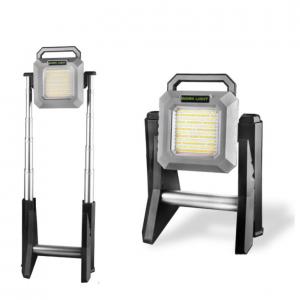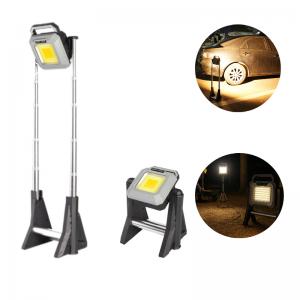Complete LED Lighting Guide: Principles, Advantages, Applications, and Future Trends
Complete LED Lighting Guide: Principles, Advantages, Applications, and Future Trends
LED (Light Emitting Diode) technology has revolutionized the lighting industry in the 21st century, rapidly replacing traditional light sources. In this guide, we’ll explore how LEDs work, their main advantages, diverse applications, and where the industry is headed in the future.
How LEDs Work
An LED is a semiconductor light source composed of P-type and N-type materials. When an electric current flows from the P side to the N side, electrons and holes recombine, releasing energy in the form of photons — creating visible light.
The material composition determines the light color; for example, gallium nitride (GaN) is commonly used for blue and white LEDs.
Key Advantages of LED Lighting
-
High Luminous Efficiency – 100–200 lm/W, up to 10× more efficient than incandescent bulbs.
-
Energy-Saving & Eco-Friendly – Low power consumption, mercury-free, and reduced carbon emissions.
-
Long Lifespan – Premium LEDs can operate for up to 50,000 hours.
-
Durable & Reliable – Shockproof, moisture-proof, and dust-resistant for various environments.
-
Highly Controllable – Adjustable brightness, color temperature, and even color output.
Major Applications of LEDs





